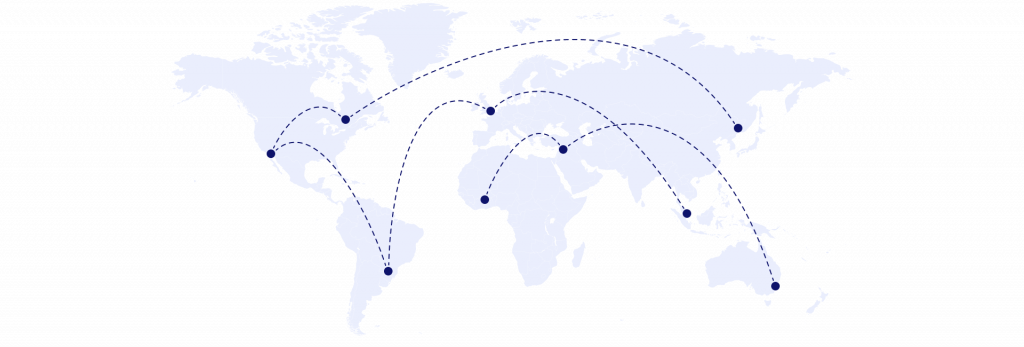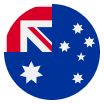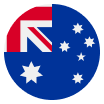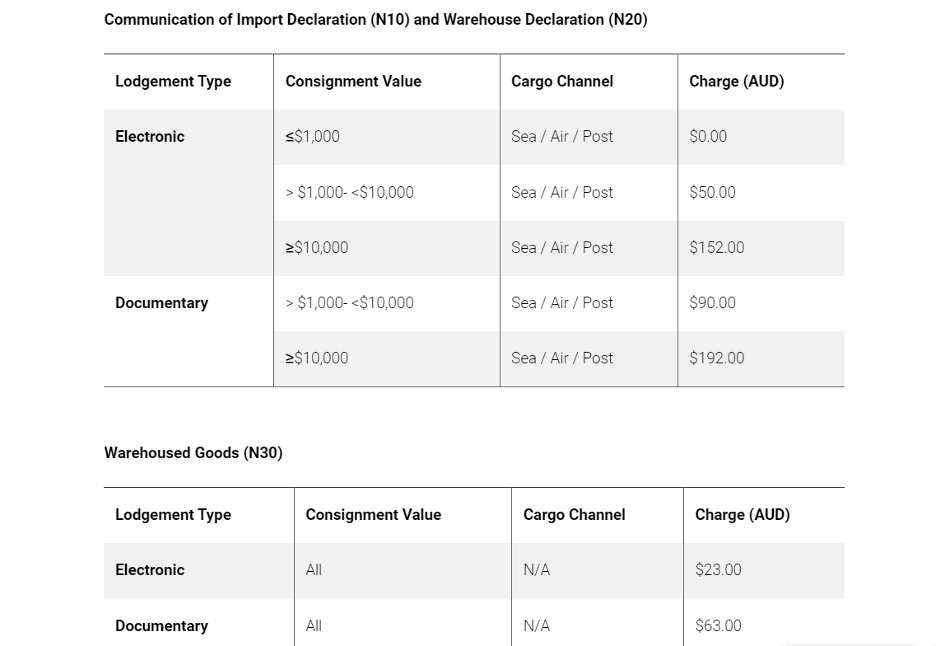Costs of importing from China to Australia
Last updated: 30.09.2024
Planning to import from China to Australia? Discover the total import costs involved and the best ways to reduce them
Key takeaways
- The China-Australia Free Trade Agreement (ChAFTA) has improved Australia’s access to China by removing tariffs on a number of trade goods
- When importing products, make sure all your customs clearance documentation is in place
- When calculating import costs, consider the actual costs of goods, shipping costs, import processing charges, customs duty and GST
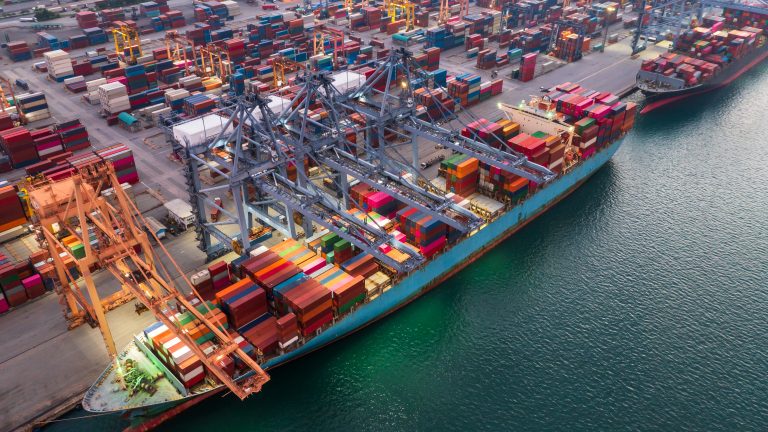
Introduction
Australia’s largest trade partner is China. According to the Australian Bureau of Statistics, the total Australian imports from China amounted to $108.137 billion in 2023.
The China-Australia Free Trade Agreement (ChAFTA) has improved Australia’s access to China by removing tariffs on a number of trade goods. The agreement benefits Australian businesses that import Chinese goods to Australia or export Australian goods to China.
Since the agreement was first introduced in 2015, Australia has removed tariffs on over 82% (by value) of imported goods from China.
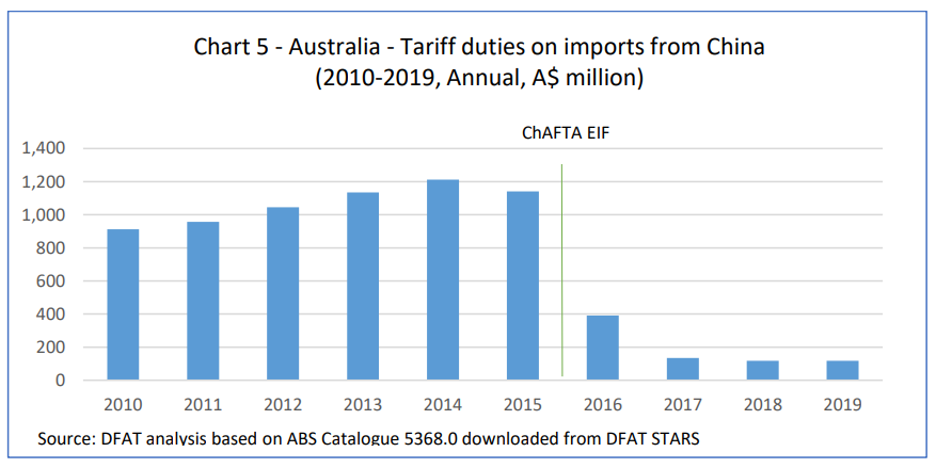
As a direct result of ChAFTA, exports and imports with China have significantly increased since 2015.
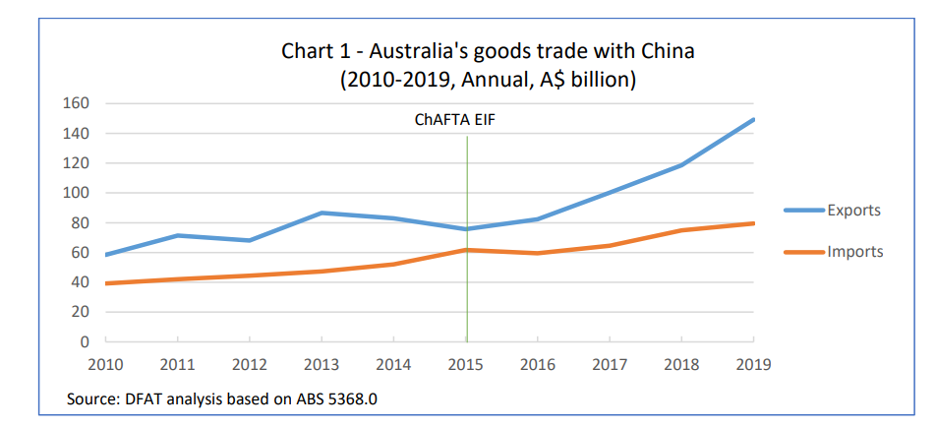
For importers, online sellers and retailers, China’s streamlined manufacturing sector and reduced customs duties present a unique opportunity to boost profit margins.
However, you can only protect your profit margins when you clearly know the costs of importing from China to Australia. There are a lot of factors that come into play, including product prices, shipping costs, mode of shipping, import taxes and more.
In this guide, we take everything you should know about importing from China to Australia.
Table of Contents
How to import from China to Australia: The complete checklist
1. Prepare documents for import
You should ensure all your customs clearance documentation is in place when importing products.
Here’s an estimated list of documents you will need:
(Note: The list below is indicative only, as regulations and procedures change over time. Please seek professional advice before proceeding with your imports and exports)
Pre-shipping
This involves preparing your goods for export, getting the required permits and arranging pick up.
- Export licence
- Permit (The Australian government requires permits for certain goods)
- Proforma invoice
- Export letter of credit
- Australian Business Number (ABN)
Preparing for shipment
This involves getting the goods onto the aircraft or vessels and into the arrival port in Australia.
- Certificate of inspection
- Commercial invoice
- Bill of exchange
- Export packing list
- Packing Declaration (ocean freight only)
Arrival
Here are some of the main documents you’ll need at arrival:
- Cargo insurance certificate
- Bill of lading
- Certificate of origin
2. Pay special attention to goods that require additional permits
The Australian Government decides what you can and cannot import into the country. Unless there’s an exemption, you need to declare all the goods you are importing to Australia from China. For some types of goods like antiques, precious coins and jewellery, you may even need to apply for a special licence or permit before they are imported.
There are also certain products that are prohibited from being imported into Australia. Before you finalise an order with a supplier, check the list of officially prohibited items from the Australian Border Force’s website.
3. Check the import labelling requirements
Your goods should meet the necessary labelling requirements, or they may not be allowed entry into the country.
Usually, you’ll have to label goods with a trade description—a statement or indication detailing how goods were made, produced, and packed. The trade description should be in English and include the name of the country of origin of goods.
Though, not every imported item requires labelling. Some product categories that require labelling include kitchenware, foods, textile products and toys.
The Australian Border Force has a complete list of labelling and packaging requirements that you can check.
What are the costs of importing from China to Australia?
When it comes to import costs, there are many variables involved which you need to consider, including:
Actual cost of goods: This is the total cost of wholesale goods you import from China. You may have to contact multiple suppliers and verify product quality before finalising a supplier that fits your budget
→ Take a look at everything you should know about product sourcing from China
Freight: The shipping cost will depend on the volume of your shipment and the mode of shipping. Air freight is faster than ocean freight but is also more expensive
Import processing charges: The customs department charges a fee, usually under AUD 200, for processing goods
Customs import duty: The import duty can range from 0% to 10% of the price you paid for the goods, depending on the type of goods
Goods and Service Taxes (GST): GST is payable on all imported goods unless they are covered by an exemption. You are usually required to pay 10% GST at the same time as customs duty. (Note: If your business has an ABN and you are registered for GST, you may be eligible for a GST credit)
Other charges: There can also be other charges involved, including document fees and wharf charges
How to calculate import costs?
Start by determining the total taxable value of goods, which is usually the total sum of:
- The customs value of all the imported goods
- Cost for shipping from China to Australia
- The total payable custom import duty/ tariffs
- Any cargo insurance (if applicable)
Now, we’ll calculate GST by considering the applicable GST rate (usually 10%, but it can change.)
Let’s take an example
Customs value of the goods: AUD 20,000
Customs duty: 5% of AUD 20,000, which is AUD 1,000
Shipping cost: AUD 1,200
Insurance fee: AUD 100
Adding all of the above, the taxable value will be AUD 22,300
Goods and Services Tax (GST) charged will be 10% of 22,300, which is AUD 2,230
How to reduce import costs?
While you cannot reduce the customs duty or GST charged on imported goods, there are a few ways to reduce the overall costs of imported goods.
- Find suppliers that can offer wholesale product prices
- Use ocean freight instead of air freight to save on shipping costs (Although, keep in mind ocean freight has longer delivery times than airmail)
- Choose an international payment provider that offers low markups and transaction fees on international transfers
Pay shipping partners at competitive exchange rates with WorldFirst
WorldFirst is a global payment provider that makes paying suppliers, shipping partners and tax authorities easy. You can make fast, secure and reliable international transfers in 90+ currencies across 130 countries and regions.
With a World Account, you can:
Reach a wide range of Chinese suppliers: WorldFirst is the only payment provider that supports direct and instant payments to suppliers on 1688.com
Build trust with suppliers through timely payments: You can pay suppliers in their preferred currency, whether CNH, USD, or HKD
Get your goods shipped on time: You can make same-day or next-day payments. All you have to do is authorise transfers before the cut-off times and WorldFirst handles the rest
Boost your profit margins: WorldFirst offers competitive exchange rates and lets you lock in exchange rates through forward contracts
Disclaimer: The information contained is general only and largely our views. Before acting on the information you should consider whether it is appropriate for you, in light of your objectives, financial situation or needs. Although information has been obtained from and is based upon multiple sources the author believes to be reliable, we do not guarantee its accuracy and it may be incomplete or condensed. All opinions, estimates, mentioned products/services and referenced material constitute the author’s own judgement as of the date of the briefing and are subject to change without notice. WorldFirst shall not be responsible for any losses or damages arising from your reliance of such information.

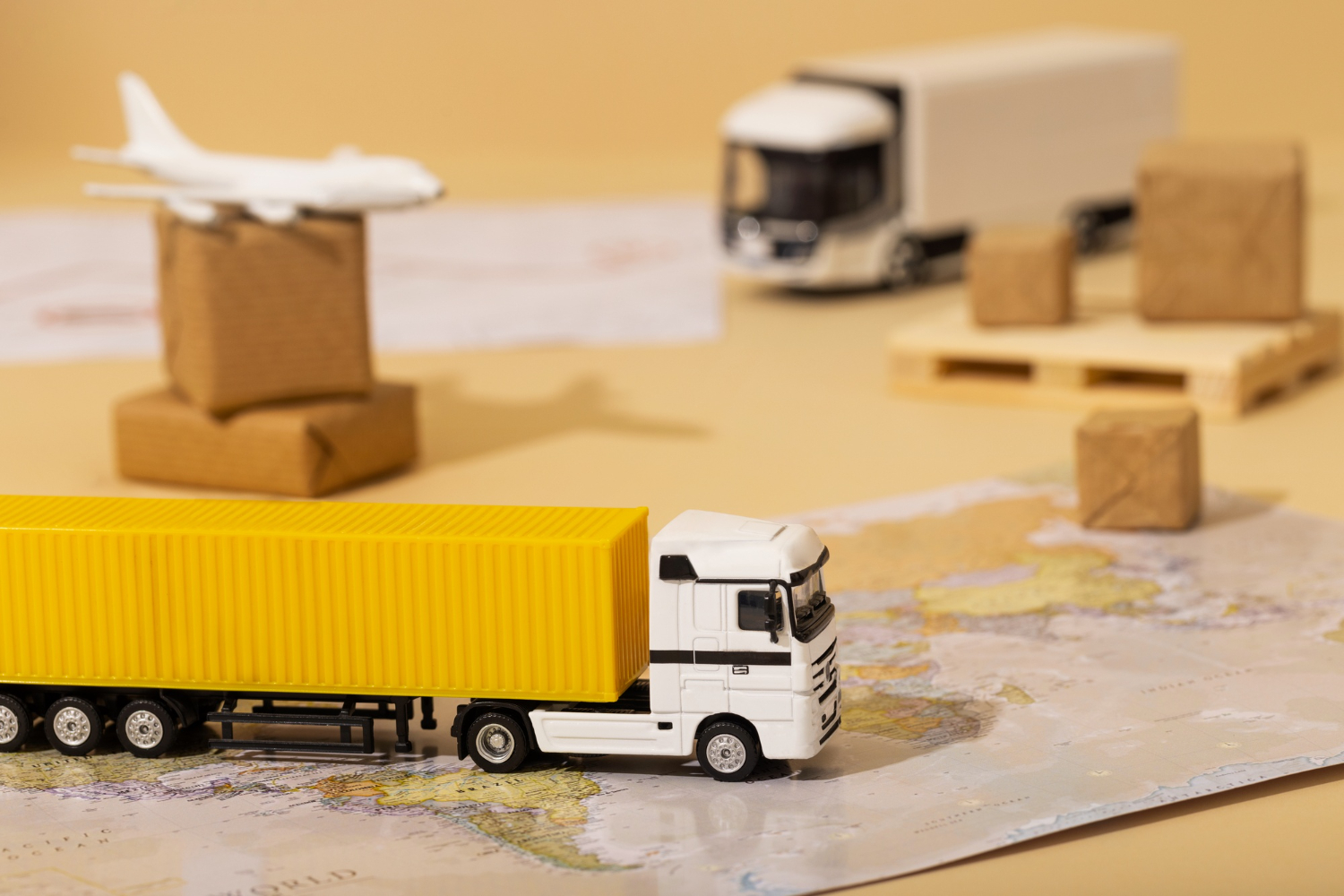
How to ship products from 1688 to Australia
Planning to ship products from 1688 to Australia? Learn how to navigate freight options, customs paperwork and payment workflows to streamline your supply chain
Nov / 2025
1688 vs Alibaba: Which is better?
1688 vs Alibaba: Compare China’s top B2B platforms and find out which suits your business best. Plus learn how to pay suppliers easily with WorldFirst.
Oct / 2025
Product sourcing from China: How to get started
Learn about everything you need to know about product sourcing from China, right from finding suppliers to choosing the most cost-effective
Oct / 2025Choose a category below for more business, finance and foreign exchange support from WorldFirst.
- Almost 1,000,000 businesses have sent USD$300B around the world with WorldFirst and its partner brands since 2004
- Your money is safeguarded with leading financial institutions
